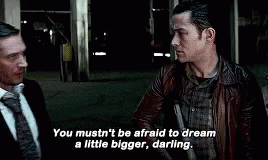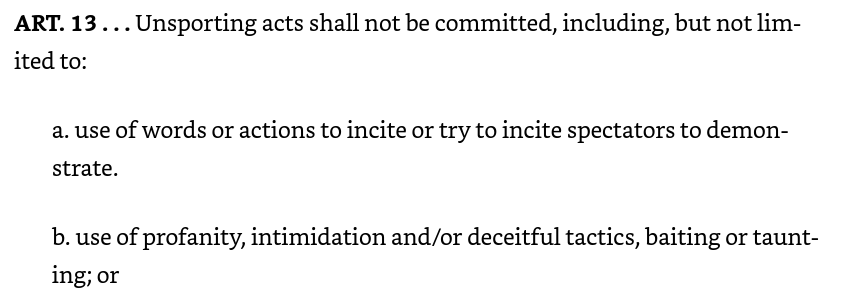- Jun 8, 2016
- 16,118
- 113
I think you responded to the wrong post..Do you have any idea how dangerous this type of thinking really is? I've coached 39 years and have never seen anyone coach this. You bet your a.. if this happened to one of my players, me and the other coach will go at it. You talk about rules. There are other issues including the idea of sportsmanship that we, as coaches are supposed to teach. BTW, you mention that the girl has a helmet on. How do you know if that child has ever had a concussion? How do you know if they have any other health concerns? If your catcher hits that kid in the throat then they could kill that child.
While I wouldn't have wanted to see it happen, had some catcher done that to my dd, I am betting that they would either be body slammed or knocked out by her. She was never a little child. What would you say when something like that happened?
Would you coach your fielders to knock the heck out of a player with a tag play even when they are safe and the play on them is late? That might be within the rules but shows a lack of class and sportsmanship. There are so many instances where we can say we did something within the rules but violate the spirit of the game. Members here might remember what happened when a coach "playing within the rules" tried to have his players take out my dd. Bad idea. (Ken Krause (Admin) and I shared pm on what happened there. It was not pretty.)
(Note, it is not my intent to sound like a BA. However, there are members on this site who know me and are from my area. I am sure that they have heard about I really am when it comes to protecting my kids.)
Darrell Butler














